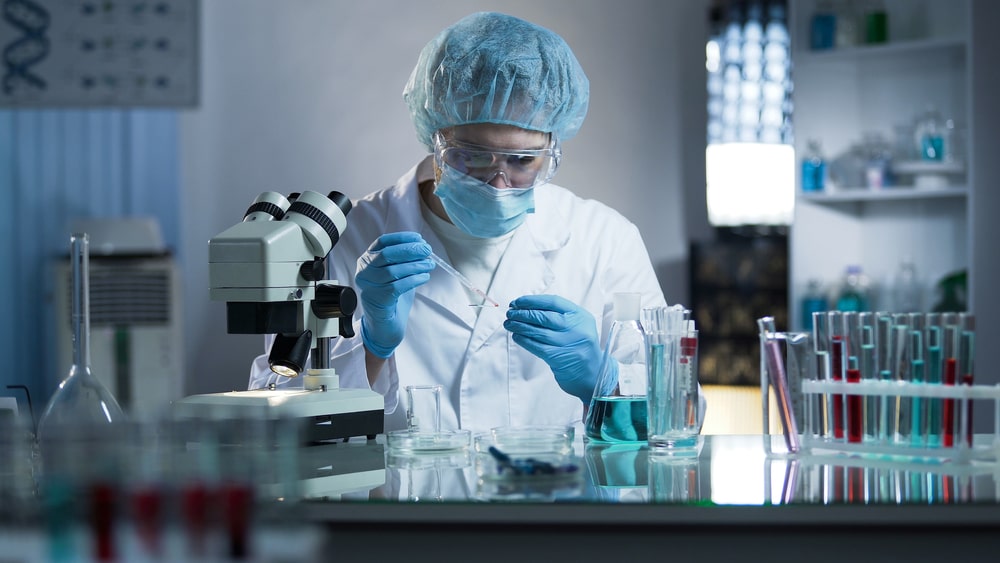Table of Contents
What is Pathophysiology?
Pathophysiology is a modern integrative biological discipline based on scientific and clinical research that studies the mechanisms that cause pathogenic processes in people and animals to begin, develop, and be treated. Pathophysiology is made up of two different medical areas. The first is physiology, which is the study of the human body and how it works. The second is pathology, which is the science of disease and how it affects the human body. When pathophysiology is integrated, it means knowing how a disease progresses and being able to forecast the next stage of an illness, allowing the patient to receive proper care.
Pathophysiology is defined as “the study of alterations in normal mechanical, physical, and metabolic activities as a result of a disease or an aberrant syndrome.” Pathophysiology is the study of what happens when normal physiological processes are disrupted. It examines the specific dysfunction that results from or, on the other hand, causes disease. Pathology and pathophysiology have a lot in common when it comes to diseases and processes, however, pathology stresses direct observations whereas pathophysiology focuses on measurable measurements. A study of a toxin secreted by a bacterium and what that toxin does to the body to create harm, one possible result being sepsis, is an example from the discipline of infectious disease. Another example is the study of the chemical changes that take place in body tissue due to inflammation. Following are important aspects among pathophysiology and related subjects.

What is biology?
Biology is a natural science. It is the study of life and living organisms, including their structure, function, growth, evolution, distribution, and taxonomy. Pathological processes begin frequently at the cell level.
What is anatomy and histology?
Macro and microstructural properties of the human body are essential for understanding their pathology.
What is biochemistry?
Biochemistry is the branch of science that explores the chemical processes within and related to living organisms. It is a laboratory-based science that brings together biology and chemistry. By using chemical knowledge and techniques, biochemists can understand and solve biological problems. Biochemical processes are changed under pathological conditions.
What is biophysics?
The biophysical properties of cells, tissues, and organs determine their structural and functional characteristics.
What is physiology?
It is the branch of biology dealing with the functions and activities of living organisms and their parts, including all physical and chemical processes. It is helpful to recognize pathologic functions.
What is pathological anatomy?
The ultrastructural and macrostructural changes under pathological conditions help to understand functional changes and vice versa.
Microbiology and immunology
It helps to understand the mechanisms involved in the development of disease caused mainly by pathogenic micro-organisms and disorders of the immune system.
Etiology
Etiology is a branch of medical science dealing with the causes and origin of diseases.
Pathogenesis
Pathogenesis means the gradual development of a disease and the chain of events leading to disease in response to etiologic factors.
Clinical manifestations
These are the observable symptoms by which a disease may be diagnosed by a physician. Clinical presentations are the whole package of the disease process including epidemiology, history, physical examination laboratory tests, etc.
Need of pathophysiology study
It helps the health care professionals to find answers to important questions related to disease processes:
(a) What are the cause/causes of the disease, and why the disease is developing?
(b) What are the mechanisms responsible for disease onset, progression, and recovery?
(c) What are the mechanisms responsible for the development of symptoms and signs of disease?
It is important to understand the causes and mechanisms of the disease to find the way how to treat them safely and effectively.
In the clinical setting, pathologists, histotechnologists, and cytotechnologists study tissues and cells to establish the cause of a disease. Physicians use that information to form a treatment plan.
Pathophysiology is a required area of study for nearly all healthcare professional school programs (medical, dental, physician assistant, occupational therapy, physical therapy, nurse practitioner, pharmacy, nursing, and paramedic programs) in the world.

Equipment used in the filtration process
